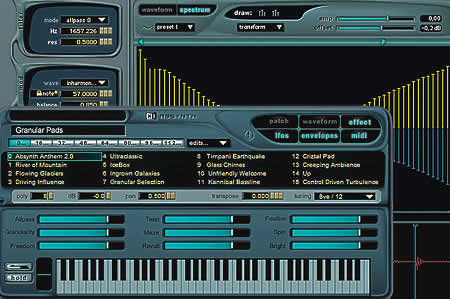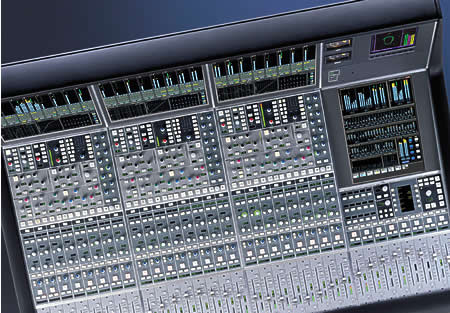Tascam‘s big news at Musikmesse in Frankfurt is the unveiling of a new USB-based computer audio interface.
The US-122 is the third in Tascam’s line of compact, affordable USB devices aimed at musicians and home recordists, and co-developed with Frontier Design Group. The US-122 is purely an audio/MIDI interface, without the mixer and workstation control features of the previous models in the series, the US-224 and US-448.

The affordable TASCAM US-122 comes with sequencing and sample-player software, plus drivers for both Mac OS and Windows PCs, including ASIO, WDM, GSIF and Apple Core Audio (OS X)
Although it is designed as a low-cost, introductory-level interface, the US-122 ($269 US) does not skimp on pro-quality features. It includes phantom power for condenser mics, channel inserts, and zero-latency monitoring among its advanced capabilities.
“Since it’s self-powered via USB and features phantom-powered preamps, a person with a laptop and a couple of condenser mics has a great portable recording rig,” comments TASCAM product development manager Jim Bailey.
“On the other hand, a desktop recordist with limited space will really appreciate the US-122’s sleek, ergonomic design and features like analog inserts for working with outboard gear,” Mr. Bailey adds. “And beginning musicians can get into the US-122 with its affordable price point and easy-to-use design.”
The US-122 is a Mac and Windows compatible USB audio and MIDI interface. It features two XLR-based, phantom-powered mic inputs with analog inserts that allow hardware devices (compressors, etc.) to be placed into the recording signal chain. Two line-level inputs on balanced 1/4″ TRS jacks are included, switchable to guitar-level for direct instrument recording.
Two line-level outputs provide control for levels, and a dedicated headphone output is also included. The US-122 also offers 16 channels of MIDI I/O for use with synthesizers and other MIDI equipment.
The US-122 also provides a dedicated control for adjustable zero-latency direct monitoring, providing a sonically pure reference point before before the audio enters DAW processing.
Since the US-122 is self-powered via USB, no separate power supply is required for operation. This makes it suitable for mobile recording systems based around laptop computers. Drivers for the US-122 are provided for compatibility with ASIO, WDM, GSIF and Apple Core Audio (OS X) software systems.
The US-122 is bundled with two music production software tools: TASCAM’s GigaStudio 24 sampling workstation software and a special version of Steinberg’s Cubasis recording/sequencing software.
TASCAM: “With its compact design and rugged steel chassis, the US-122 meets the needs of everyone from hobbyist musicians through advanced professional recording engineers and producers.”





 Opus 99 Dynamic Mic for Bass
Opus 99 Dynamic Mic for Bass

